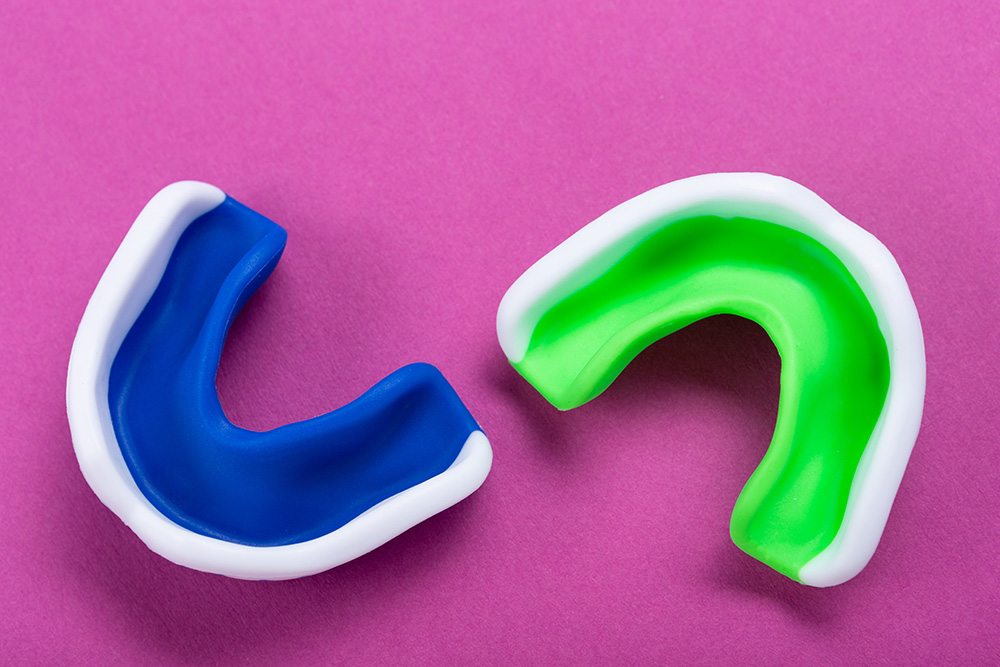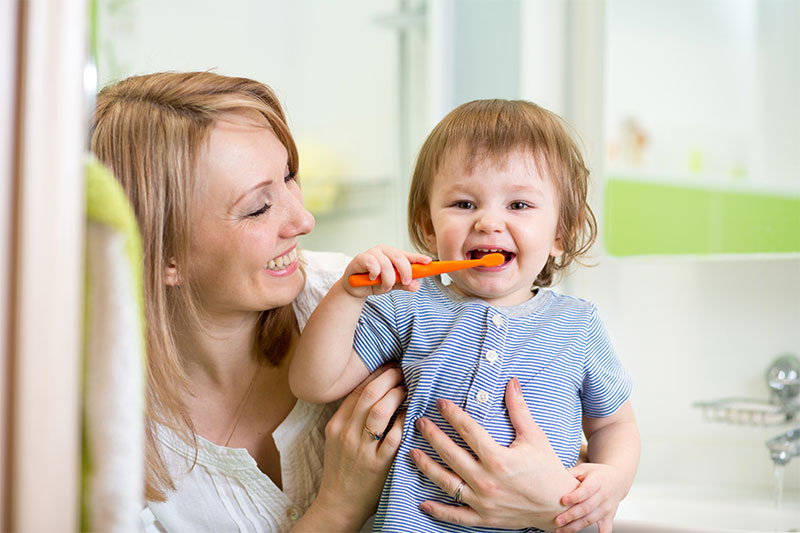
What Is a Sports Guard and Why Might You Need One?
Sports guards are required and beneficial for any sport where there is a risk of contact with objects (such as a ball, puck or stick) or another person. Examples of contact sports include hockey, basketball, football and lacrosse. A sports guard consists of a plastic tray that covers your upper teeth and palate to prevent any tooth or jaw injury. Sports guards work by reducing/eliminating the amount of trauma sustained during an injury by taking the force and dispersing it throughout the guard. The guard acts as a cushion between the upper and lower jaw.
There are two main types of sports guards, professionally made sports guards and store-bought sports guards. These two options offer very different protection and come in at a very different price point.
Store-Bought Sports Guard
Store-bought sports guards come in a universal shape and are made out of plastic, which is boiled and bit into to leave the jaw’s shape for a comfortable fit. A boil and bite sports guard offers protection for the teeth and jaw, but because it doesn’t fit precisely to each individual mouth, it lacks the quality of a professionally made sports guard. Boil and bite sports guards are recommended for kids whose mouths are changing and growing. Around 14 years of age, it is recommended to switch over to a professionally made sports guard.
Professionally Made
A professionally made sports guard is fabricated in a lab, specifically for each mouth. The first step in the process is to have impressions of your mouth to give an exact mould of your teeth and jaw. After about a week, you will return to your dental office to try the guard in and make sure it fits snug. Because professionally made sports guards are made for each mouth, they offer a far superior fit and better protection against tooth and jaw trauma.
How to Care For Your Sports Guard
- Clean your sports guard after each use with a separate toothbrush and warm water
- Avoid hot water on your sports guard as this can warp the plastic material and alter the fit
- Store your sports guard in a clean sports guard case
- If you notice any cracks or chips in your sports guard, bring it in to the dentist for a check
- Wear your sports guard any time there is a risk of a contact injury, even during practice
- If you can pop your sports guard out with your tongue, the fit is too loose, and it requires adjustment
If you believe you would benefit from a sports guard or have any questions about how they work, we encourage you to contact us today to schedule an appointment.



